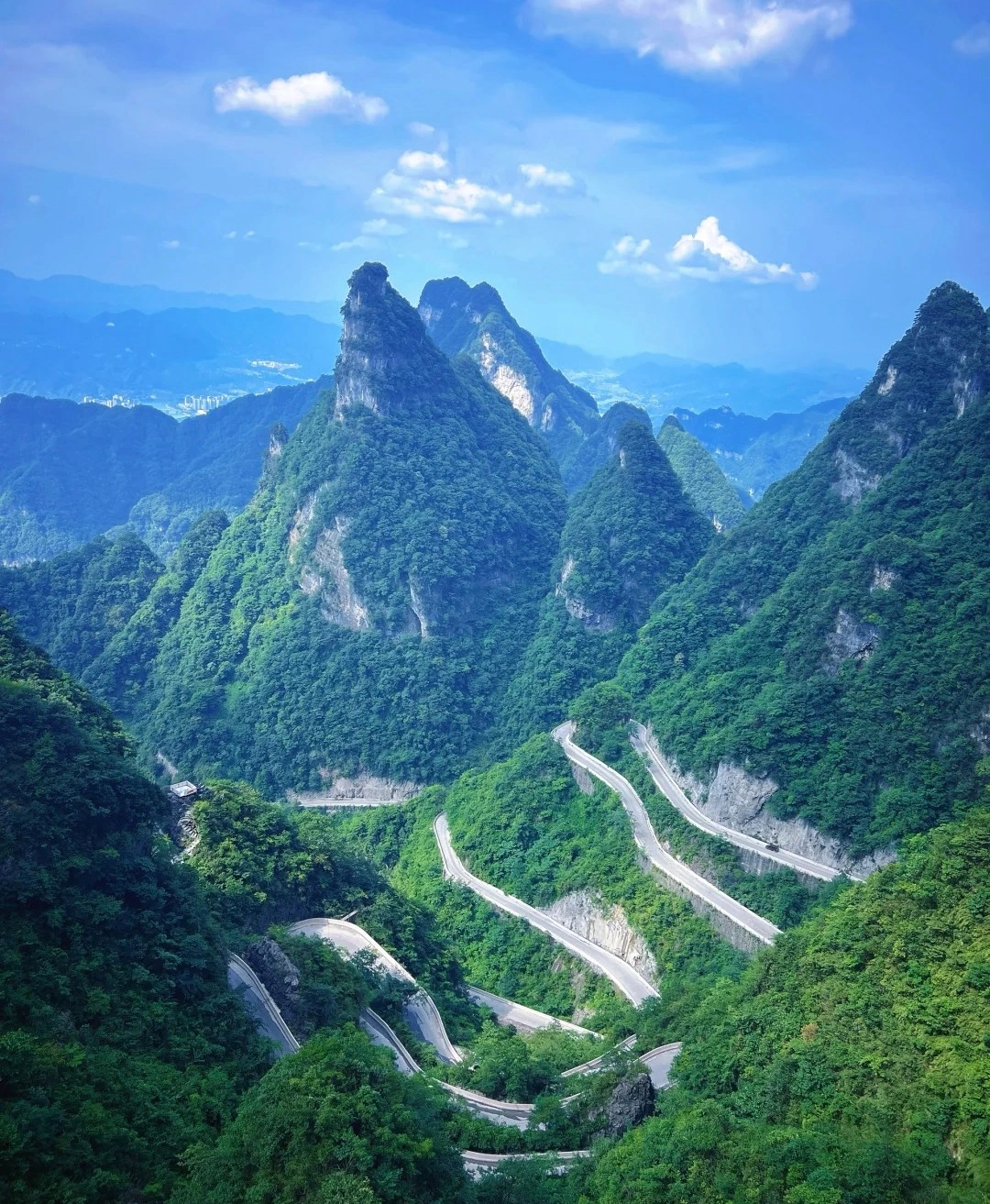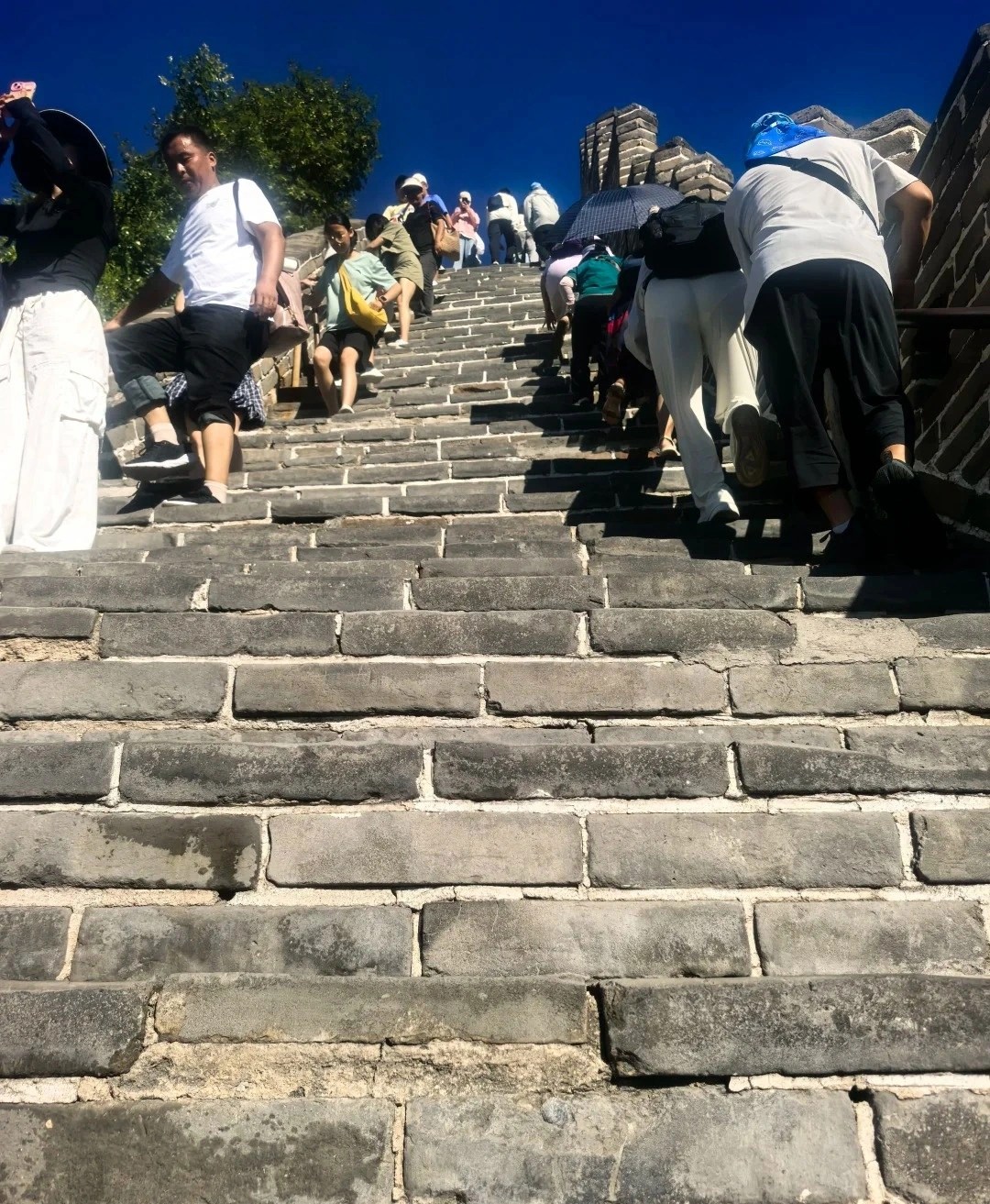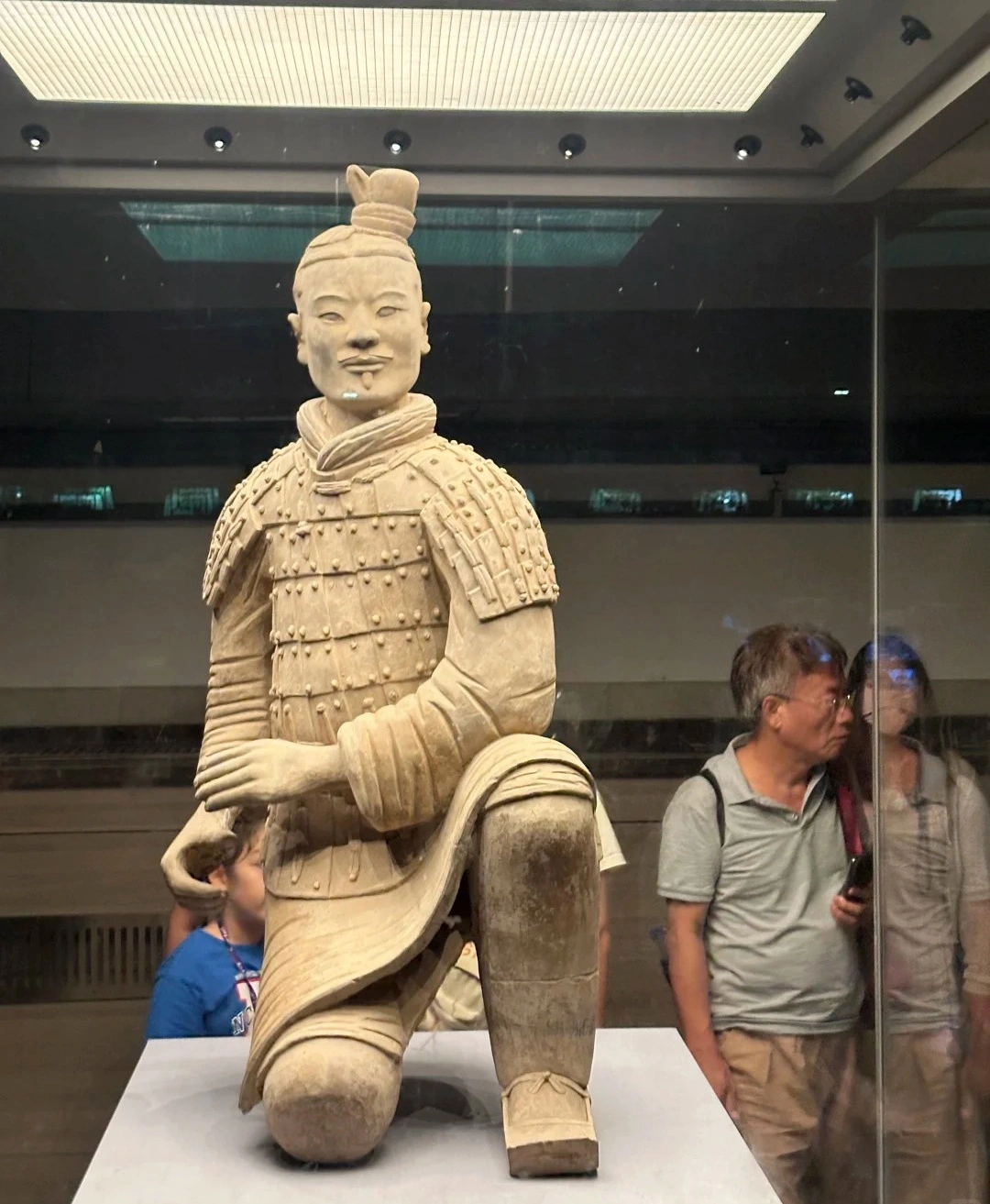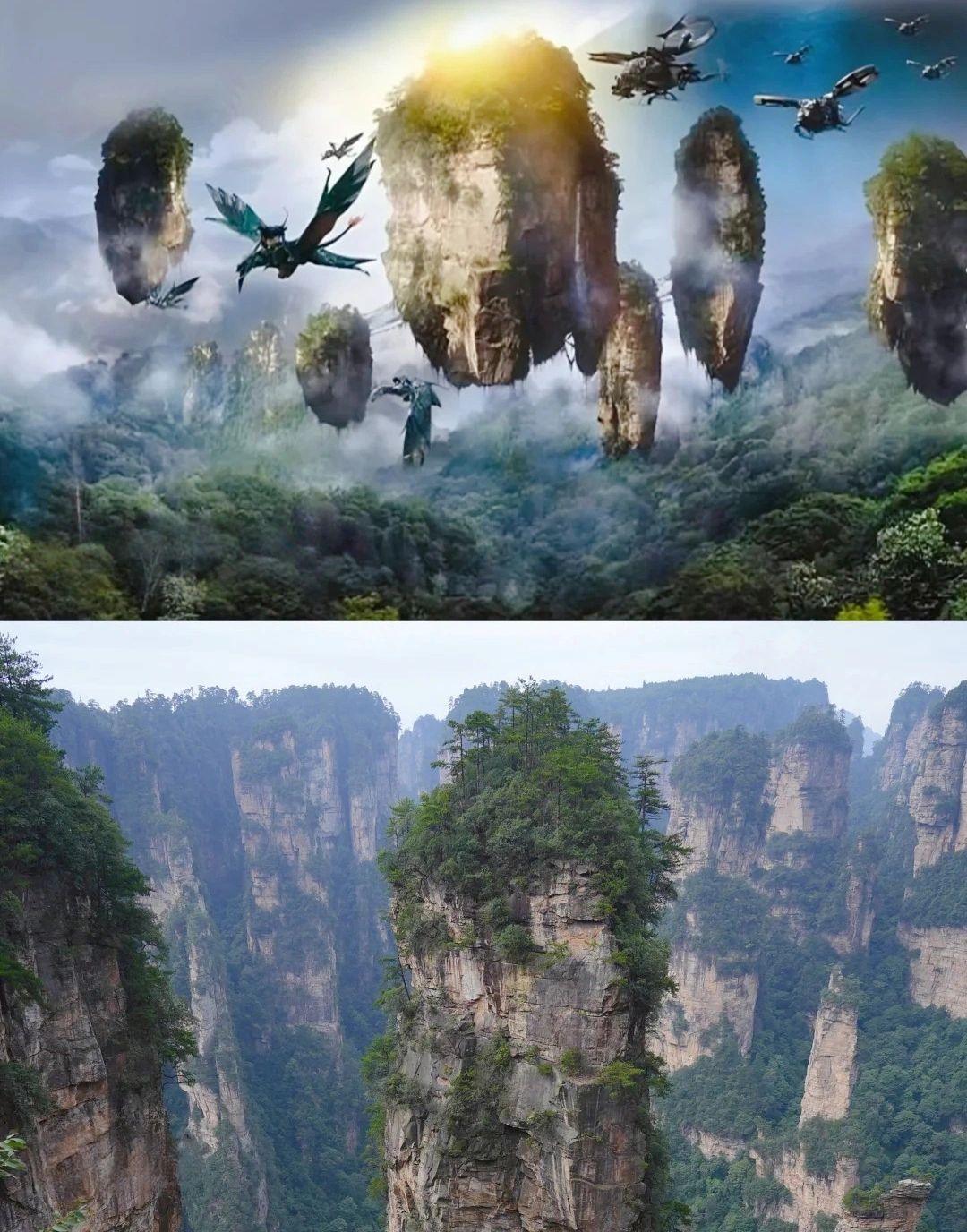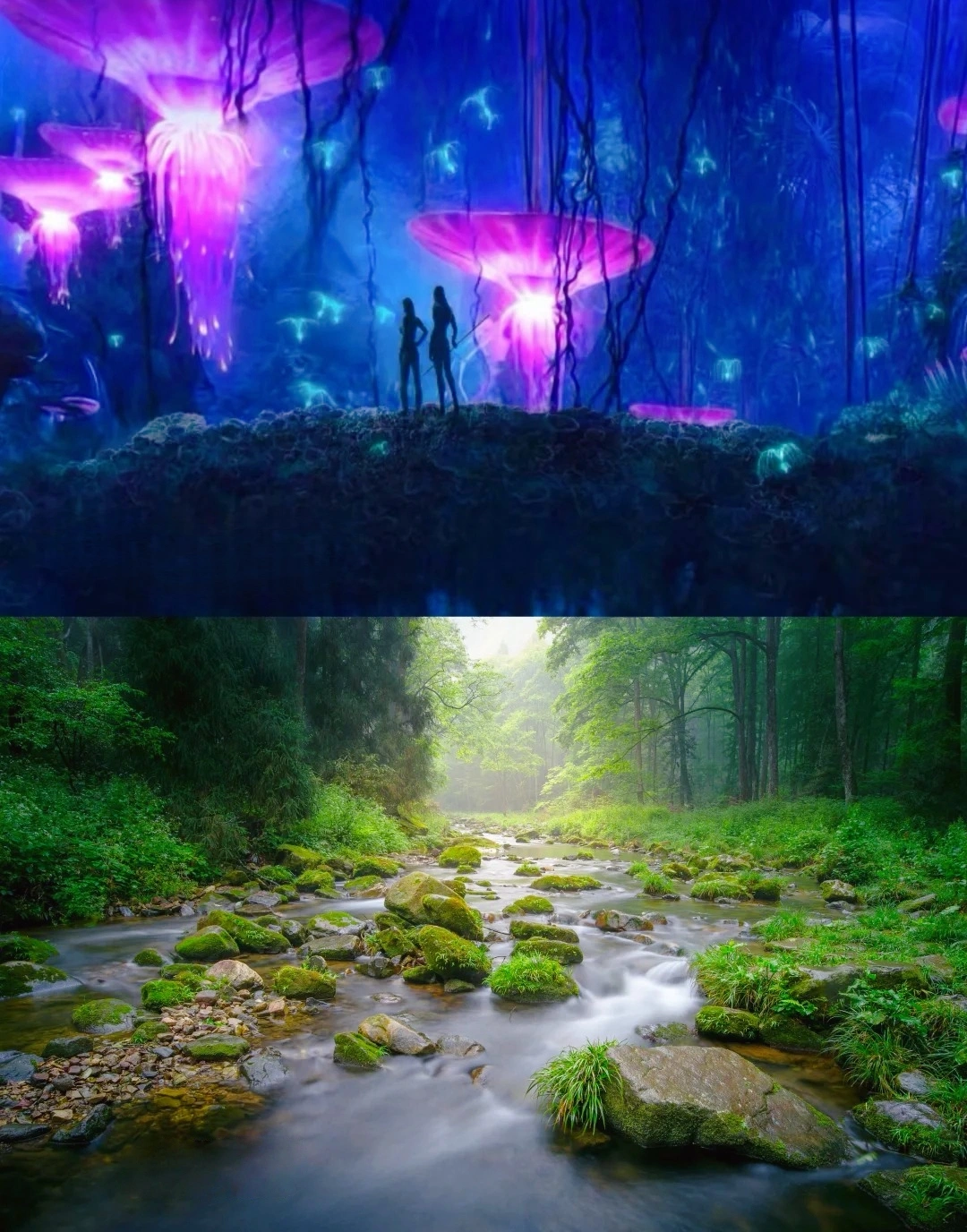Laolongtou
Historical Overview
- Ming Dynasty Construction (1381): Built by General Xu Da to defend against Mongol and pirate incursions, featuring 10-meter-high stone walls and arrow towers.
- Qing Dynasty Expansion (17th–18th centuries): Added the Temple of the Sea God (Haichang Temple) and expanded coastal watchtowers.
- Modern Era (1980s–Present): Restored as a tourist attraction, with archaeological excavations uncovering cannon emplacements and soldier barracks.
- Cultural Significance: Symbolizes China’s "Land and Sea" defense strategy, linking Great Wall lore with maritime folklore.
Structural Layout
The area is divided into three zones:
- Maritime Fortress Zone: Features the "Dragon’s Head" sea gate, stone battlements, and the Chenghai Tower (main watchtower).
- Cultural Temple Zone: Includes the Temple of the Sea God, Bell Tower, and Drum Tower.
- Coastal Ecology Zone: Coastal Boardwalk, tidal flats, and migratory bird habitats.
Key structures:
- Chenghai Tower: A 15-meter-tall watchtower with cannons and stone carvings.
- Ninghai City Wall: Remnants of a 1424-built auxiliary fort.
Major Attractions
- Dragon’s Head Sea Gate: A stone archway extending 23 meters into the Bohai Sea, offering sunrise views.
- Chenghai Tower: Climb the three-story tower for panoramic vistas of the coast and ancient cannons.
- Temple of the Sea God: A Qing Dynasty temple housing statues of deities protecting fishermen and sailors.
- Binhai Boardwalk: A 1.2-km wooden path along tidal flats, ideal for photography.
- Old Dragon Head Museum: Displays Ming Dynasty armor, maps, and ship models.
- Tidal Flat Observation Deck: Witness the "Dragon Crossing the Sea" phenomenon during spring tides.
Suggested Itineraries
-
Classic Route (2–3 hours):
Visitor Center → Dragon’s Head Sea Gate → Chenghai Tower → Temple of the Sea God → Binhai Boardwalk → Return
Highlights: Coastal defense history and sea views. -
Extended Route (4–5 hours):
Visitor Center → Dragon’s Head → Chenghai Tower → Old Dragon Head Museum → Ninghai City Wall → Tidal Flat Deck → Sunset at Binhai Boardwalk
Highlights: Archaeological insights and tidal phenomena. -
Comprehensive Route (Full Day):
Visitor Center → Guided Tour of Restoration Sites → Chenghai Tower → Temple of the Sea God → Binhai Boardwalk → Museum → Tidal Flat Deck → Night Light Show
Highlights: Full immersion in maritime history and ecology.
Ticket Purchase
- Entrance Fee: ¥50 (peak season: May–Oct), ¥30 (off-season: Nov–Apr).
- Concessions: 50% off for students/seniors; free for children under 1.2m and military personnel.
- Online: Book via Ctrip or WeChat 3 days in advance.
- On-Site: Tickets available at the visitor center; queues average 20 minutes.
Transportation
- From Qinhuangdao City: 30-minute drive via Hebei Avenue (¥40 taxi fare).
- Bus: Route 25 → Laolongtou Stop (¥2 fare, 40 minutes).
- Tour Bus: Shuttle services from downtown hotels (¥30 round-trip).
- Park Shuttle: ¥20/day for unlimited electric cart use.
Best Time & Tips
- Optimal Seasons: May–June (mild weather), September–October (clear skies for photography).
- Avoid Crowds: Visit early morning (7:30–9:30 AM) or late afternoon (3:30–5:00 PM).
- Essentials:
- Wear waterproof shoes for tidal flat walks.
- Bring a tripod for long-exposure sunrise shots.
- Photography: Polarizing filter recommended for sea views.
- Prohibited Items: Drones (require permit), fishing in protected zones.
- Cultural Tip: Participate in the "Dragon Boat Festival" (June) for traditional races and folklore performances.
Contact Us
ماذا يقول عملاؤنا؟
استند إلى أكثر من 10000 تعليق من المسافرين

